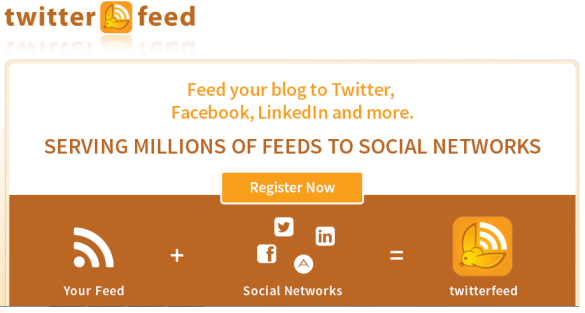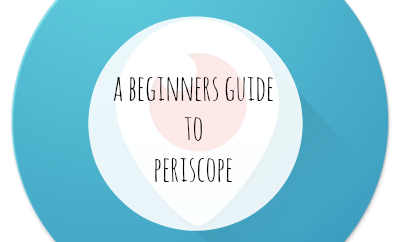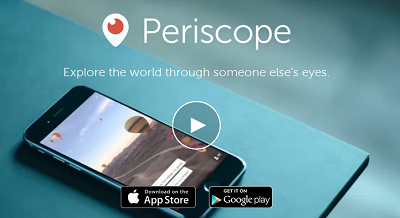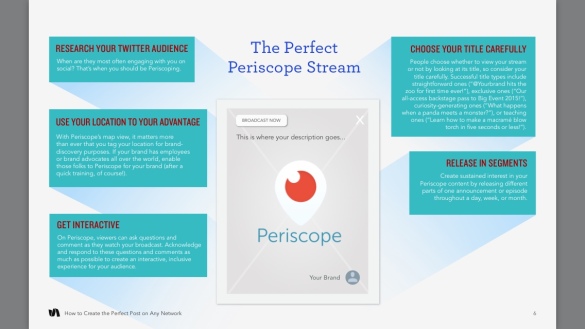There was a time when social media was seen as a passing fad by many. It was being used by kids and businesses didn’t see any real benefits from it.
However, the skeptics turned out to be wrong with the passage of time.
We don’t need to tell how big social media is.
The sector has grown rapidly than the internet itself.
Since opening their doors on September 26, 2006, Facebook crossed 1.94 billion monthly active users as of March 2017.
Currently, there are 3 billion internet users and around 2 billion of them are active on social media.
Approximately seven out of ten people in the US use social media to connect with one another, share information, engage and also to entertain themselves.
You can check out a recent compilation of the latest social media stats of consumer adoption and usage by Smart Insights.
Needless to say, if you’re not using social media to market your business, you’ll have to learn it or face the risk of losing it in the long run.
Still not convinced?
Here are some things social media can do for your business:
- Tell prospects about your services and goods
- Promote your business and brand
- Attract new customers
- Get customer feedback
- Foster relationships with your customer base
Now without further emphasizing on the importance of social media, let’s see how you can leverage on this sector to grow your business this 2017 right from scratch.
5 Social Media Marketing Strategies That You Should Follow Now
- Set Your Goals And Objectives
The first step of any successful social media marketing strategy involves establishing your goals and objectives. Moving forward without really knowing what you want can be the perfect recipe for disaster.
Closely peruse your company’s overall requirements and find out how you can use social media to your advantage.
You may come up with many personalized goals; however, there are some common elements that you need to include in your strategy.
These include increasing brand awareness, finding prospects, retaining old customers and trimming marketing expenses.

Source: Shutterstock
It’s best to focus on two primary goals and two secondary goals. Refrain from having too many goals as it can distract you from achieving none.
Along with goals, you need to have specific parameters in mind that define your goals clearly. For instance, if your primary goal is to generate leads and sales, you need to figure out the number of leads and sales you require even before the goal becomes a success.
An easy way to determine your objectives is to adopt the S-M-A-R-T approach. Your objectives have to be specific, measurable, achievable, relevant and time-bound.
In the example above, if your goal is to generate leads and sales, have a specific marketing objective. You may want to boost your leads by 50%.
Remember to choose objectives that you can achieve.
- Create A Brand And Remain Consistent Across Every Social Channel You Use
What’s your feeling when you find different descriptions of the same business on various social networks?
You’d certainly get confused and reluctant to get involved with such a business.
Humans love consistency, and if your social media profiles remain consistent across various channels, you’ll build positive relations with your visitors. They’ll know what to expect irrespective of the social network.
It’s been seen that 60% of internet users in the US expect consistency when dealing with online stores.
It’s best to use the same professional picture on your social networks and even on your blogs.
But that’s not all since your profile picture is just the beginning. Consistency has to come with your brand’s color, imagery, voice and overall outlook. Try to express your brand’s value and remain consistent and authentic in your communication across all your social networks.
Here are four aspects you need to ponder on when deciding on your brand’s voice.
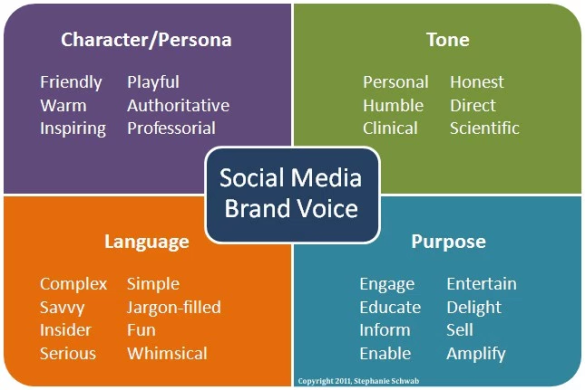
Source:socialmediaexplorer.com
After you nail down these aspects, all your conversations on social channels will flow smoothly.
The result………
Your audience will not only connect with you but eagerly wait for your updates.
Personal, casual, witty and funny conversational language work well on social channels too.
Mark Manson, for instance, gives a raw, personal and funny tone to social media as shown below.
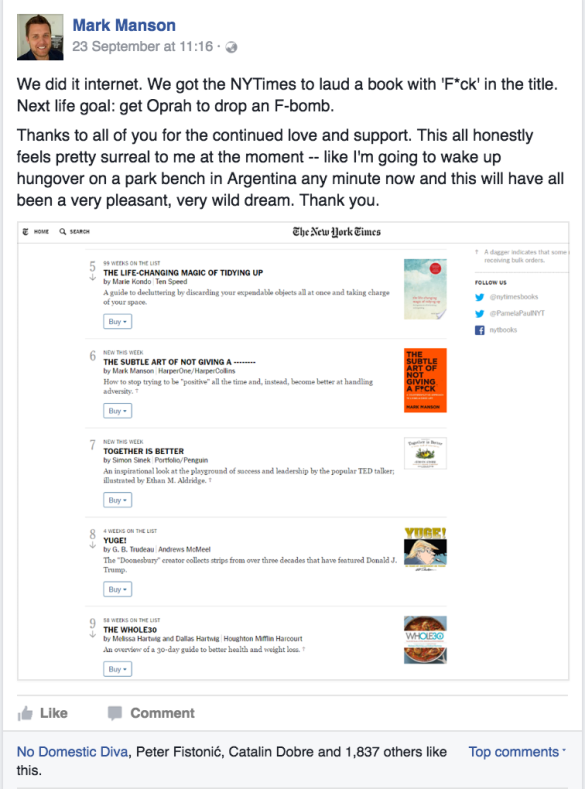
You may love to read Buffer’s voice and tone guide, which they religiously stick to in all their communications.
- Automate Like A Ninja
Find engaging third-party content pieces and share them on your social channels. Let the engagements come in. Next, drop your promotional product updates.
Automating repetitive tasks can free a lot of time, which can be used to work on other high-level marketing strategies.
However, simply pushing out content will not give you 100% benefits of your social media marketing efforts.
Envision yourself meeting a person for the first time. What would be your reaction if the person simply shoves a sales pitch in your face? And what about a person who continuously blabbers about the great things he can do?
You’ll immediately have a bad impression about that person and maybe avoid him next time.
The same thing happens on social media. You can share your updates and blog posts, but always ask for feedbacks and encourage people to discuss more on your posts.
And yes, don’t forget to entertain them.
It’s also a great idea to share pictures from your daily life or special events.
If you are a company, you can share pictures of your employees.
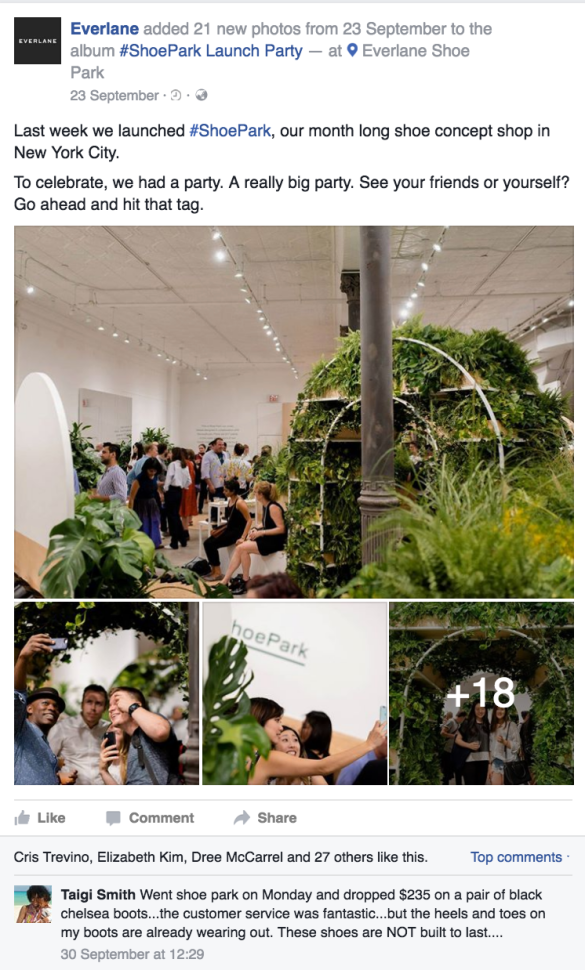
Whenever possible, open up and show your real side to your audience.
- Create A Content Calendar And Post Frequently
After creating your Facebook page, you invite a couple of friends and other followers from different social media sites to like your page.
Then, you vanish for a month. This is a normal activity for new businesses on social media. However, if you want to get great results from your social media marketing strategy and build a lasting relationship with your audience, you have to post on a regular basis.
Build a content calendar and prioritize posting engaging and interesting content.
HubSpot’s Social Media Content Calendar Template can easily help you plan your content.
Here’s a simple schedule you can follow in your initial days.
- LinkdedIn: Once per week
- Instagram: Once per day
- Twitter: Three times a day
- Facebook: A handful of updates per day but don’t overdo.
The timely post made by Oreo, during the Super Bowl, earned them millions of followers and helped in creating a robust brand.
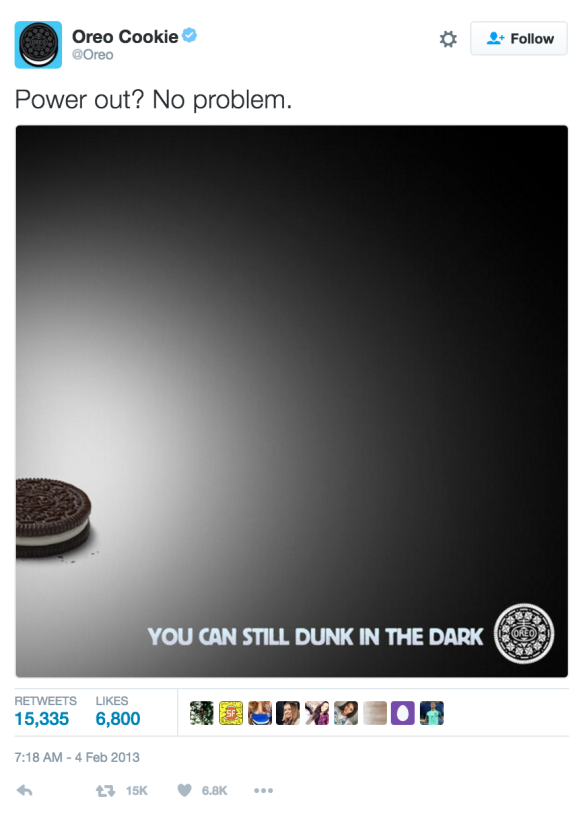
An interesting thing to note is that they had planned for this tweet 18 months before.
- Research Your Competitors
Researching your competitors not only apprises you of their activity but also helps you to integrate their tactics into your own social media marketing efforts.
Create a list of at least 5 major competitors. Find out the social sites they use and study their content strategy. Look at their posting frequency and the number of fans and followers. Also, examine the type of content they post and its context (humorous, promotional etc) and the way they respond to their readers.
This will give you a clear idea on how you stack up against each other. It’ll also help you revise your goals, objectives and marketing strategies.
There’s No Such Thing As A Totally Free Lunch
According to Amy Vernon, co-founder of Predictable.ly, any effort on social media marketing takes time and that’s where the budget issue creeps in. She says that if you lack funds but have enough time, you should do the work yourself. However, if there are time constraints, hire someone to get the job done, she further adds. The assumption that creating a social media account is absolutely free and doesn’t cost you a dime is a myth.
Final Thoughts
Social media marketing is a terrific way to build your brand. People socialize every day on the internet and are eager to discover new brands. You just have to put in a lot of sweat and remain consistent. However, the benefits you reap will be worth your time.
What are your experiences of creating a brand using social media marketing?
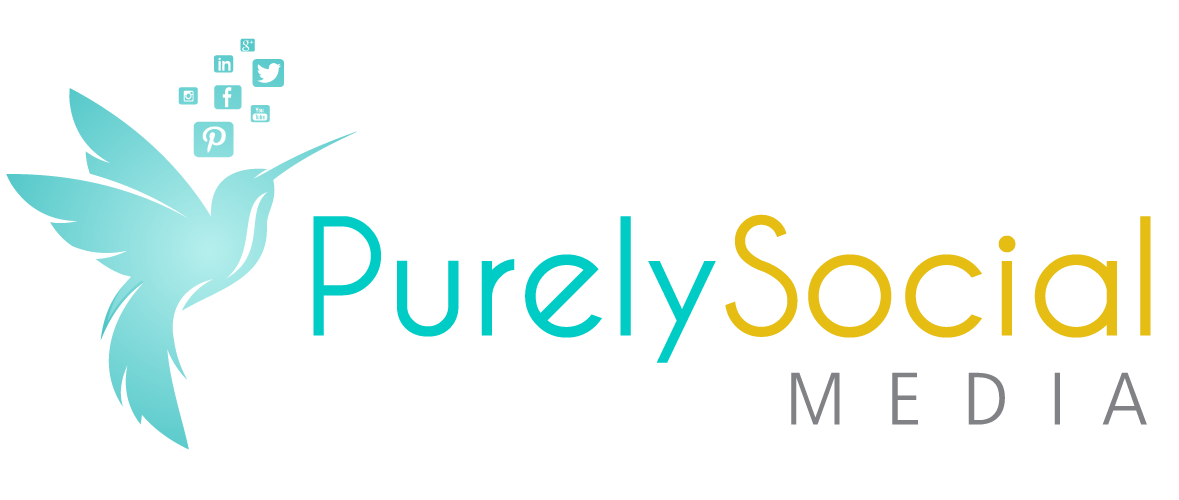
 Regardless of your industry, Pinterest can increase traffic to your website. Obviously Pinterest works better for more visual businesses like those in the wedding, fashion, food and travel industries than what it does for accountants. But even with accountants, you can still pin helpful content that’ll engage with your target audience. For example, pins which relate to money saving and business tips will provide helpful content to business owners which may/may not be in need of a new accountant.
Regardless of your industry, Pinterest can increase traffic to your website. Obviously Pinterest works better for more visual businesses like those in the wedding, fashion, food and travel industries than what it does for accountants. But even with accountants, you can still pin helpful content that’ll engage with your target audience. For example, pins which relate to money saving and business tips will provide helpful content to business owners which may/may not be in need of a new accountant. 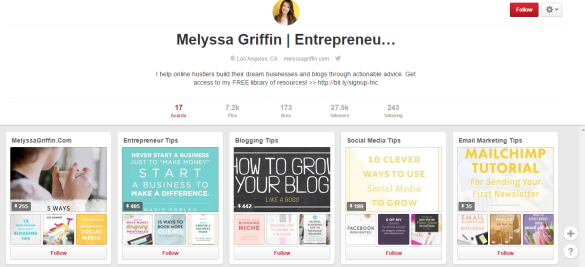
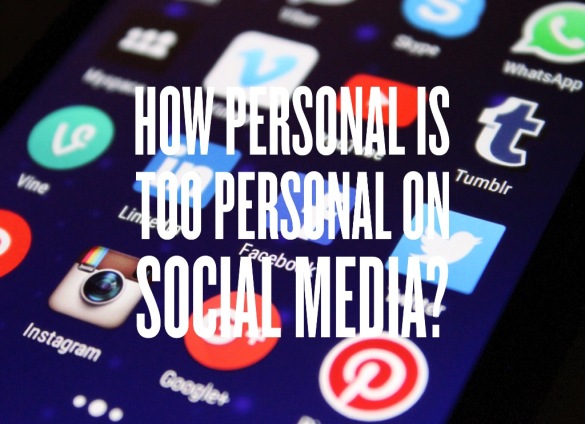


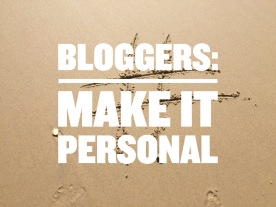

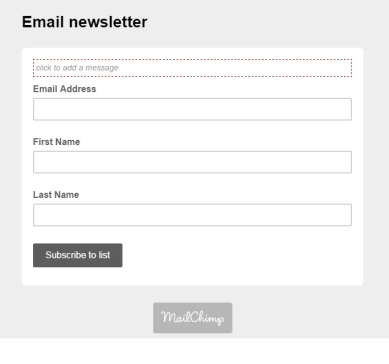

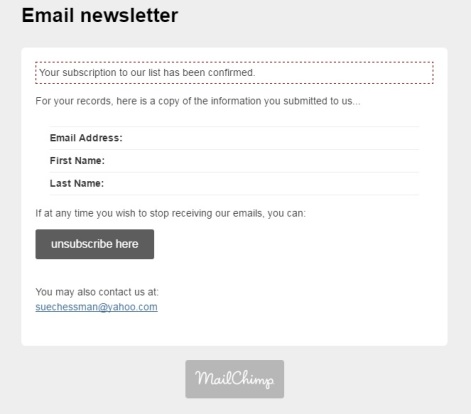
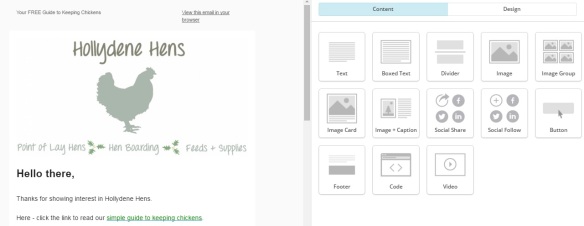


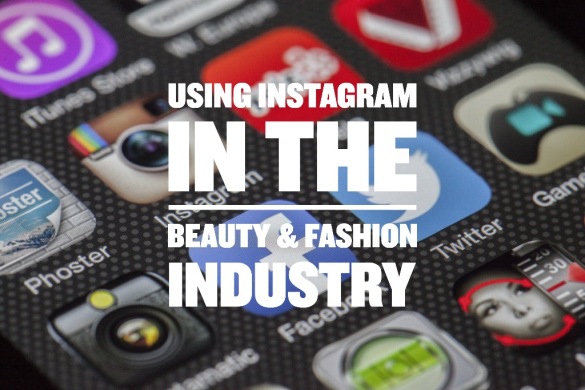
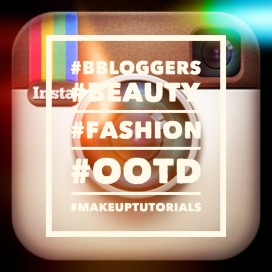
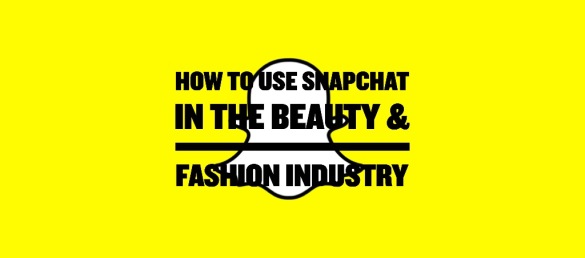
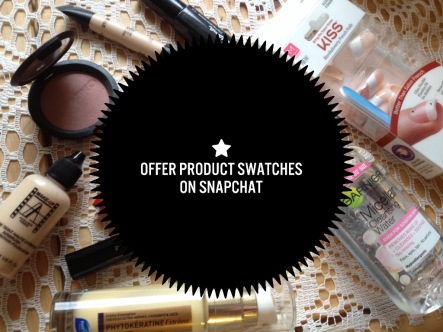 It works quite similarly for you as it does for the large companies. When new products are being created, perhaps consider capturing a snippet of a creative meeting, of fabric swatches, or of an upcoming advertorial for the season ahead. Because you are only showing a 10 second clip of it, you leave your followers wanting more as was mentioned earlier. This also works for beauty brands too where you can showcase new product ideas, color swatches and new packaging. As a beauty and fashion blogger myself, I can safely say I love this kind of content and even though I know the brands are trying to sell themselves, I fall for it hook, line and sinker. I want to buy the new products and I want to be the first to know all about them.
It works quite similarly for you as it does for the large companies. When new products are being created, perhaps consider capturing a snippet of a creative meeting, of fabric swatches, or of an upcoming advertorial for the season ahead. Because you are only showing a 10 second clip of it, you leave your followers wanting more as was mentioned earlier. This also works for beauty brands too where you can showcase new product ideas, color swatches and new packaging. As a beauty and fashion blogger myself, I can safely say I love this kind of content and even though I know the brands are trying to sell themselves, I fall for it hook, line and sinker. I want to buy the new products and I want to be the first to know all about them. (Outfit Of The Day)blog post then a still image is perfect for your blog, but on Snapchat you could record a
(Outfit Of The Day)blog post then a still image is perfect for your blog, but on Snapchat you could record a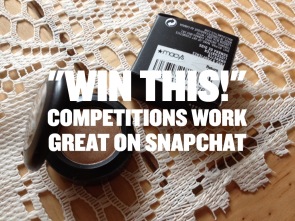 Similarly to brands, bloggers can also
Similarly to brands, bloggers can also 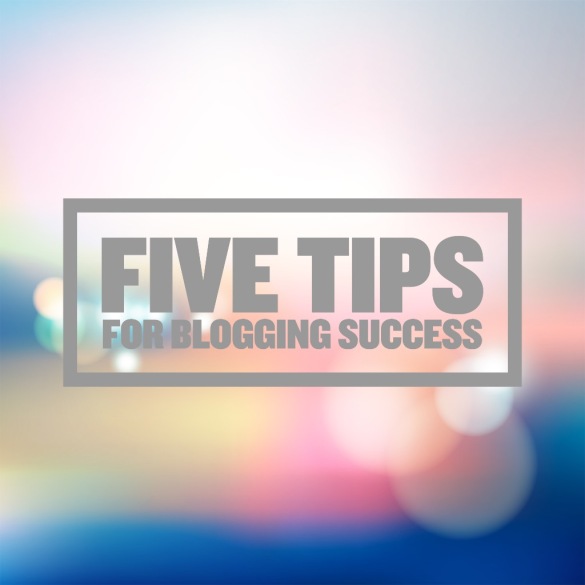

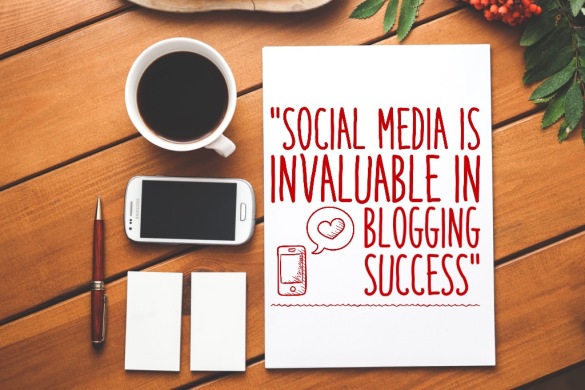
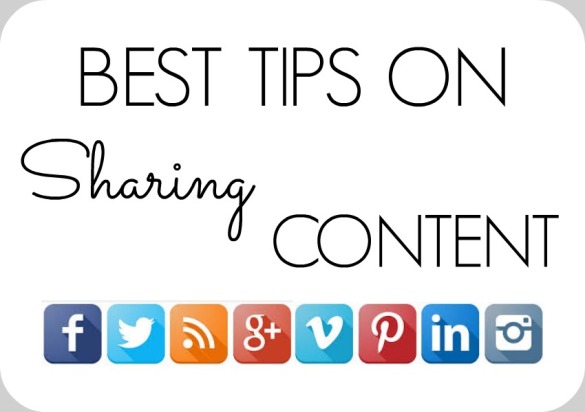 Hi everyone! It’s Holly here. I’m back once again to let you know a few tips I’ve picked up on sharing your blog content across the web so that even superstars like Johnny Depp can find it… A girl can only dream!
Hi everyone! It’s Holly here. I’m back once again to let you know a few tips I’ve picked up on sharing your blog content across the web so that even superstars like Johnny Depp can find it… A girl can only dream!